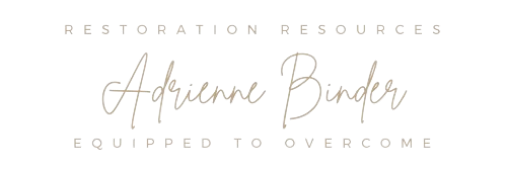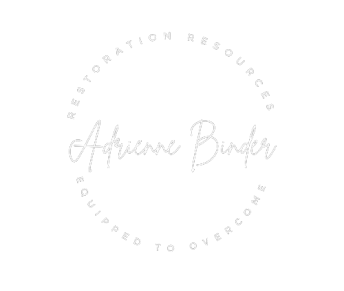Dysfunctional cycles can be like a tangled web, ensnaring us in patterns that hinder our personal growth and relationships. Recognizing and understanding the different types of dysfunctional cycles is crucial for breaking free and moving towards a healthier, more fulfilling life. In this article, we’ll explore three common types of dysfunctional cycles: Emotional, Relational, and Physical, along with their underlying causes.
1.) Emotional Dysfunctional Cycles:
- Description: Emotional dysfunctional cycles involve patterns of thought, behavior, and response that hinder our emotional well-being and self-fulfillment. This can look like reactive behavior: responding to situations impulsively and emotionally, rather than thoughtfully and consciously. It can look like cycles of anxiety and depression that we can get stuck in. Sometimes it also shows up in our life as avoidance and isolation that involves withdrawing from social interactions, responsibilities, or challenging situations.
- Root Causes: These cycles often emerge from unresolved emotional wounds, past traumas, or distorted beliefs about oneself. Unprocessed emotions can become triggers, leading to repetitive and unhealthy responses.
2.) Relational Dysfunctional Cycles:
- Description: Relational dysfunctional cycles encompass patterns of behavior and interaction that create discord and hinder healthy connections with others. When perpetual conflict occurs individuals engage in repetitive, unproductive arguments or disagreements that never seem to reach resolution.
- Root Causes: They can arise from a variety of factors, including poor communication, lack of trust, unmet needs, or past relational traumas. These patterns can perpetuate misunderstandings, conflicts, and strain relationships. When underlying resentments are left unaddressed, these unresolved issues can further fester and perpetuate the cycle.
3.) Physical Dysfunctional Cycles:
- Description: Physical dysfunctional cycles involve patterns of behavior or habits that negatively impact our physical health and well-being.
- Root Causes: These cycles may be rooted in self-destructive habits, such as substance abuse, overworking, or neglecting self-care. Underlying issues like stress, trauma, or a lack of healthy coping mechanisms can contribute to the perpetuation of these patterns.
Root Causes of Dysfunctional Cycles:
- Unresolved Trauma:
- Past traumas, whether emotional, relational, or physical, can create deep-seated wounds that influence our behavior and relationships. Without proper healing, these traumas can continue to drive dysfunctional cycles.
- Lack of Boundaries:
- Insufficient boundaries can lead to a range of dysfunctional behaviors, from overextending oneself to allowing mistreatment. Establishing and maintaining healthy boundaries is crucial for fostering balanced and respectful relationships.
- Negative Core Beliefs:
- Negative self-perceptions and beliefs, often rooted in early experiences, can shape behavior and perpetuate dysfunctional cycles. Recognizing and challenging these beliefs is key to breaking free from these patterns.
- Ineffective Communication:
- Poor communication skills can lead to misunderstandings, resentment, and unmet needs in both emotional and relational cycles. Developing effective communication techniques is essential for navigating relationships and breaking free from these patterns.
Conclusion:
Identifying and understanding the different types of dysfunctional cycles—emotional, relational, and physical—provides a crucial foundation for positive change and personal growth. By addressing the underlying issues and adopting healthier coping mechanisms, individuals can break free from these patterns and create a foundation for more fulfilling, balanced lives. Remember, seeking support from trusted friends, family, or professionals can be a vital part of this transformative journey.


